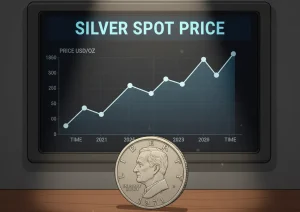Introduction to the Historical Role of Coinage
The Birth of Coins: A Revolution in Human Exchange
Imagine a bustling ancient marketplace. Traders shouting, scents of exotic spices wafting through the air, and colorful goods from distant lands stacked high. Now picture this: instead of haggling over how many goats equal a bolt of silk, one person offers a small, gleaming piece of metal—a coin. Suddenly, the chaos of bartering transforms into simplicity and trust. That tiny disc changes everything.
Before coins came into play, trade relied on barter systems that were clunky, inconsistent, and downright exhausting. How do you balance the value of grain against tools or livestock without endless debate? Enter the first standardized coinage—crafted around 600 BCE in ancient Lydia (modern-day Turkey). These coins weren’t just shiny trinkets; they were symbols of value, power, and unity.
- Lydian staters: The pioneers, made of electrum, a natural alloy of gold and silver.
- Greek drachmas and Roman denarii: Powerhouses of commerce that shaped empires.
Coins became more than currency. They were storytellers. Their intricate designs showcased rulers, gods, and victories, whispering history into the hands of anyone who held them. How’s that for a pocket-sized revolution?
The Evolution of Coinage Across Civilizations
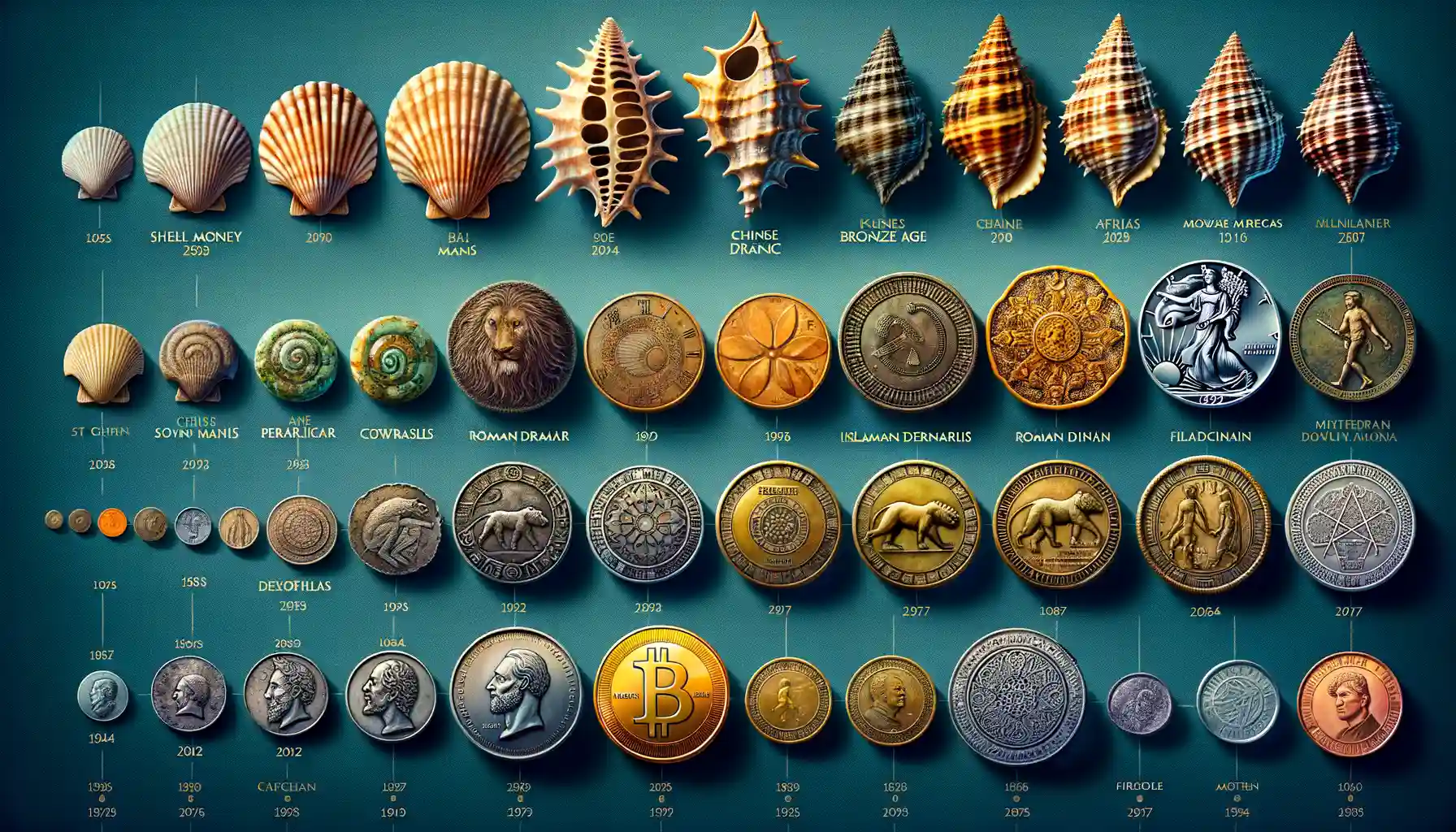
From Barter to Brilliant Metal Tokens
Imagine living in a time when barter ruled the world. A farmer with a sack of grain might haggle endlessly with a potter over how many bowls that grain was worth. It wasn’t exactly convenient, was it? Enter the genius of coins—tiny, shiny marvels that flipped the script on trading forever!
The cradle of coinage is believed to rest in ancient Lydia (modern-day Turkey), where the first standardized coins of electrum (a naturally occurring gold-and-silver alloy) emerged around the 7th century BCE. These weren’t just metal bits; they were stamped with lions, bulls, and other symbols to signify trust and value. And trust—well, that was everything.
But civilizations interpret innovation through their own lens. Ancient China, for example, didn’t settle for simple round coins. Their coins had square holes in the center so they could be strung together like jewelry—a blend of function and artistry. Meanwhile, the Romans enriched trade routes with their sturdy copper, silver, and gold coins, each bearing the face of an emperor—a not-so-gentle reminder of who wielded power.
- India: Crafted gorgeous punch-marked coins adorned with suns, moons, and local emblems.
- Greece: Coins became mini-masterpieces, flaunting gods, mythical beasts, and city-states’ pride.
- Mesoamerica: Instead of metal, the Aztecs used cacao beans—proof that “money grows on trees” wasn’t always a metaphor!
Each civilization’s coins told a story—of culture, necessity, and identity. You can almost feel the hands of ancient traders flipping these treasures, wondering what they were worth in distant lands. Isn’t it remarkable how such small objects shaped worlds?
Economic Benefits and Challenges of Introducing Coinage
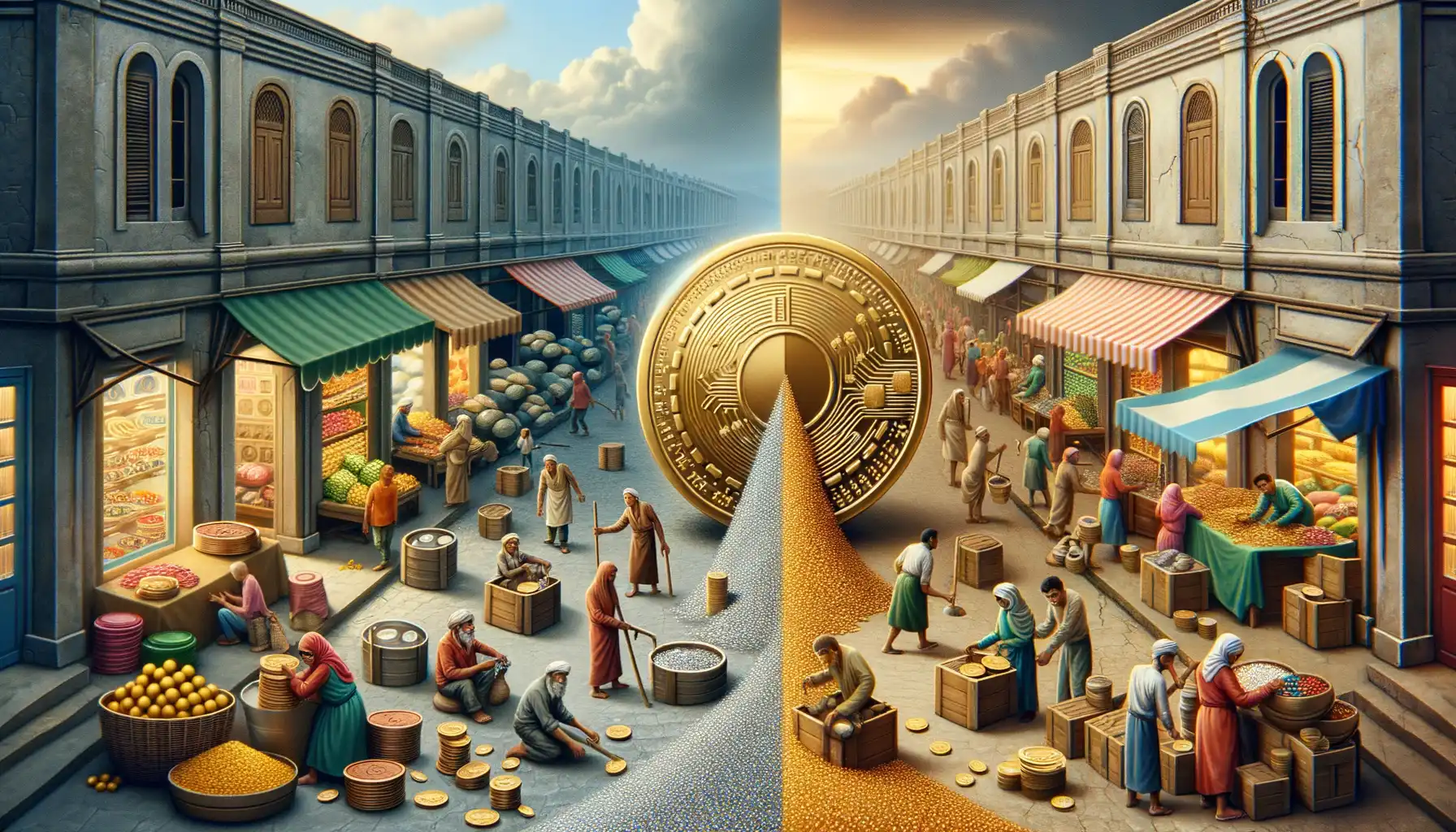
The Golden Opportunity: Prosperity Through Coinage
The introduction of coinage was like lighting a spark in the dark — an incredible leap forward for economic systems. Imagine a bustling ancient market: without coins, traders had to haggle endlessly, exchanging sacks of grain for pottery or livestock. Enter coins, those little discs of metal that turned chaos into clarity. With their standardized value, they became the universal language of trade, bridging cultures and communities.
Coins didn’t just make transactions smoother; they also unlocked new possibilities for governments and societies. Tax systems flourished because coins could be counted easily, fueling public works like aqueducts and roads. And let’s not forget the psychological edge—people trusted coins stamped with their ruler’s image, a tangible promise of stability. The appeal of gleaming silver and gold wasn’t just practical—it was emotional, evoking wealth and security.
- Convenience: Coins were portable, durable, and precise, making trading faster and fairer compared to bartering.
- Economic growth: Markets expanded as coins created a fluid cycle of buying, selling, and saving.
A Double-Edged Sword: Challenges Coinage Brought
But let’s not polish this story too brightly—introducing coinage was no silver bullet. Societies faced hefty growing pains. For one, counterfeiters were quick to pounce. Fraudulent coins flooded markets, shaking trust and forcing leaders to chase solutions, from creating intricate designs to imposing harsh penalties.
Then there was the issue of scarcity. Imagine trying to run a modern business without enough cash to pay staff or suppliers—ancient economies grappled with similar dilemmas. Shortages of metals like gold and silver made producing coins a headache, slowing down economies and at times even leading to collapses.
And here’s a curveball you might not expect: inequality. Coins concentrated wealth, allowing the elite to gobble up resources while pushing lower classes further into poverty. A tool meant to unify could divide just as easily.
With every coin, there are two sides. While these shining marvels transformed economies, they also brought weighty challenges that shaped the course of history.
The Role of Coinage in Trade and Commerce
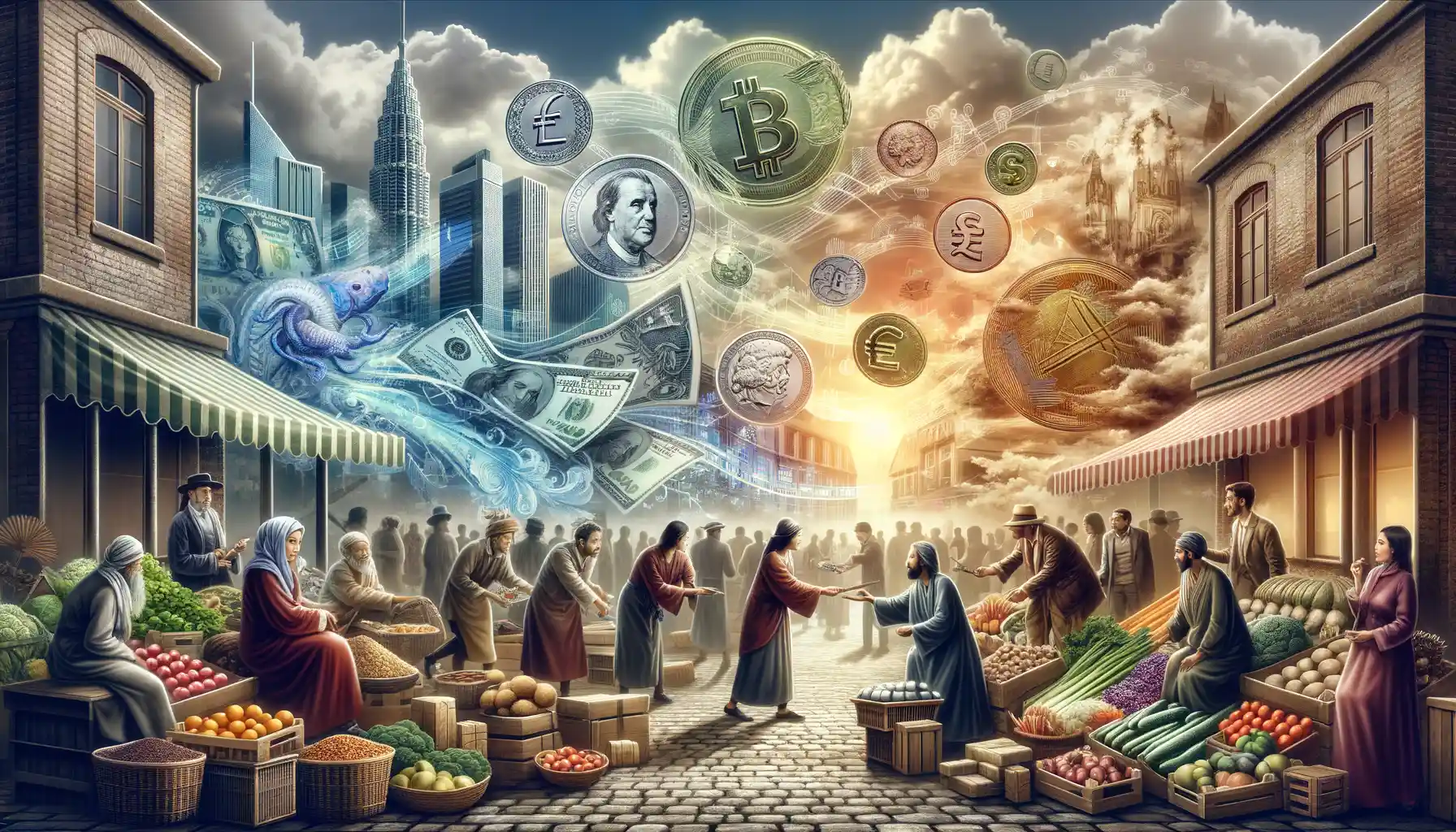
How Coins Transformed Trade Into a Dance of Trust
Imagine stepping into an ancient marketplace alive with the cacophony of buyers haggling over silk, spices, and pottery. In this vibrant chaos, what made transactions flow smoothly? The answer lies in the small, glinting circles of metal—coins. Before their existence, value was cumbersome. Bartering a sack of grain for a goat wasn’t just inconvenient—it required an exhausting chain of negotiations. Enter coinage, and suddenly, trade became more than an exchange; it became a language.
With standardized weights and metals, coins brought clarity to commerce. A merchant selling fabrics no longer had to measure trust in sacks of barley but could immediately assess the value of silver or gold in their hands. This gave rise to long-distance trade networks that flourished across regions like the Silk Road. Coins, portable yet powerful, turned traders into explorers and dreamers.
- Portability: You didn’t need a caravan to carry your wealth—just a small pouch.
- Unification: Common coinage strengthened trust between strangers from different lands.
Without coins, trade would be stuck in first gear. Instead, they supercharged exchange, like oil in a well-tuned machine of human ambition.
Legacy and Modern Implications of Coin-Based Economies
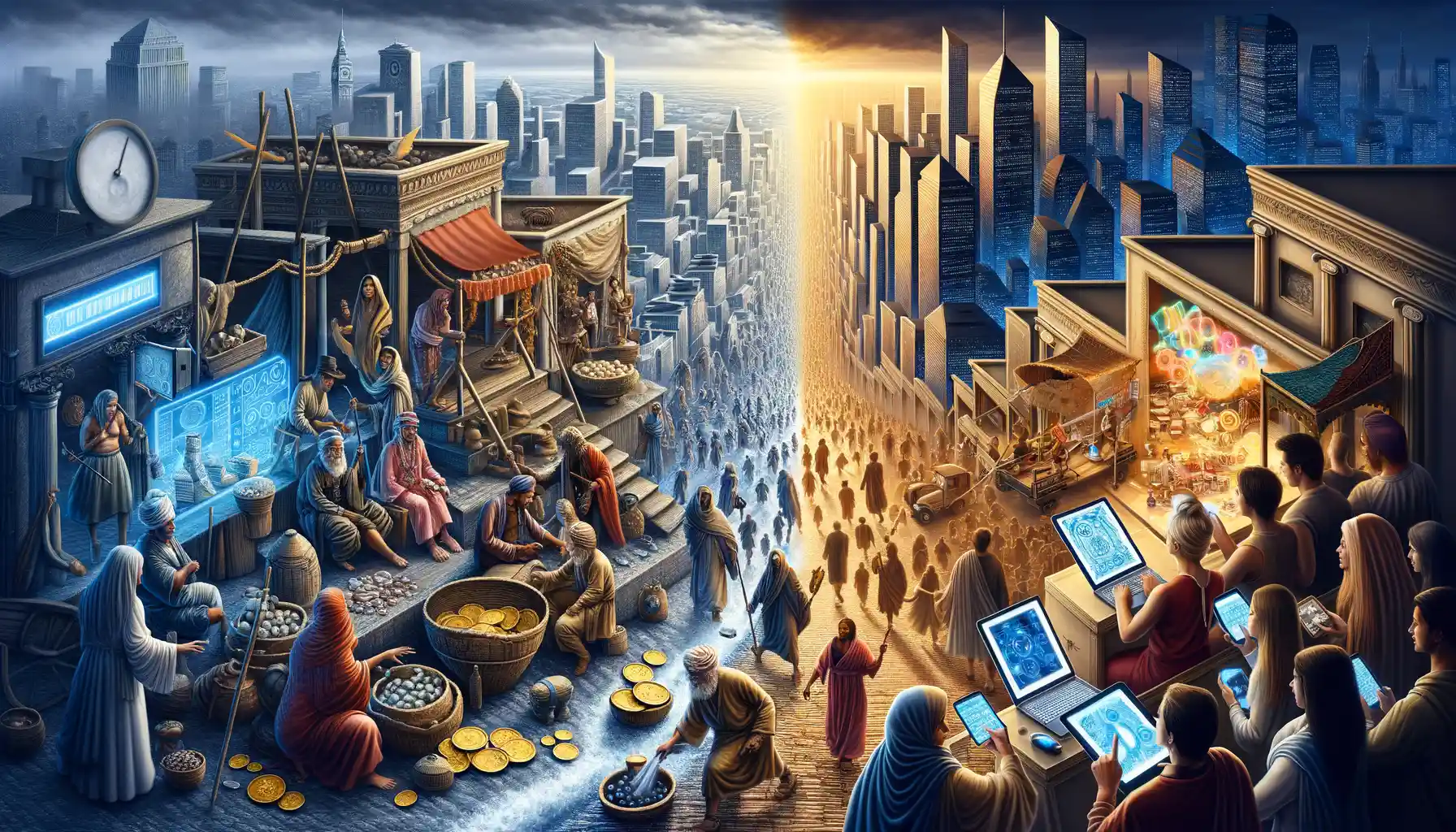
The Ripple Effects of Coins Through History
Imagine holding a coin in your hand—a tangible link to centuries of human ingenuity. The legacy of coin-based economies isn’t just buried in dusty museum displays; it’s woven into how we think about value today. Coins, those small metal discs, were some of humanity’s first attempts at standardized wealth. They not only streamlined trade but also birthed new ideas about savings, taxation, and even societal hierarchy.
Think of ancient Rome: their denarii symbolized power and unity across a sprawling empire. Or China’s circular coins with square holes—practical and spiritually symbolic, representing the harmony between heaven and earth. These coins didn’t just facilitate trade; they told stories of culture, belief, and ambition.
Today, the legacy lives on, but in unexpected ways. Digital wallets? Crypto tokens? They owe their existence to that first stamped piece of precious metal. Coins taught us accountability and trust in systems, laying the groundwork for modern economies.
- Bartering became obsolete: Coins introduced fixed value to transactions, erasing ambiguity.
- Wealth mobility: Ever wonder how centuries-old economies scaled globally? Coins paved the way.
Modern Adaptations Rooted in Ancient Practices
Fast forward to today, and you’ll see echoes of coin-based economies almost everywhere. Take vending machines—they rely on the trustworthiness of coins. Or better yet, digital currencies like Bitcoin, mimicking the scarcity-driven value of gold coins. Even loyalty points (those tiny rewards from your coffee shop app) mirror the personalized exchange systems once bound to local traders and their currency.
But it goes beyond practicality. Coins left an emotional imprint on societies. For example, commemorative coins still spark nostalgia and pride, reminding us of pivotal moments in history. And don’t forget the jingling joy of a pocket full of change—it’s a sensation tied to freedom, independence, and possibility. Coinage may seem simple, but its implications remain profound, shaping both our economy and our sense of identity.

